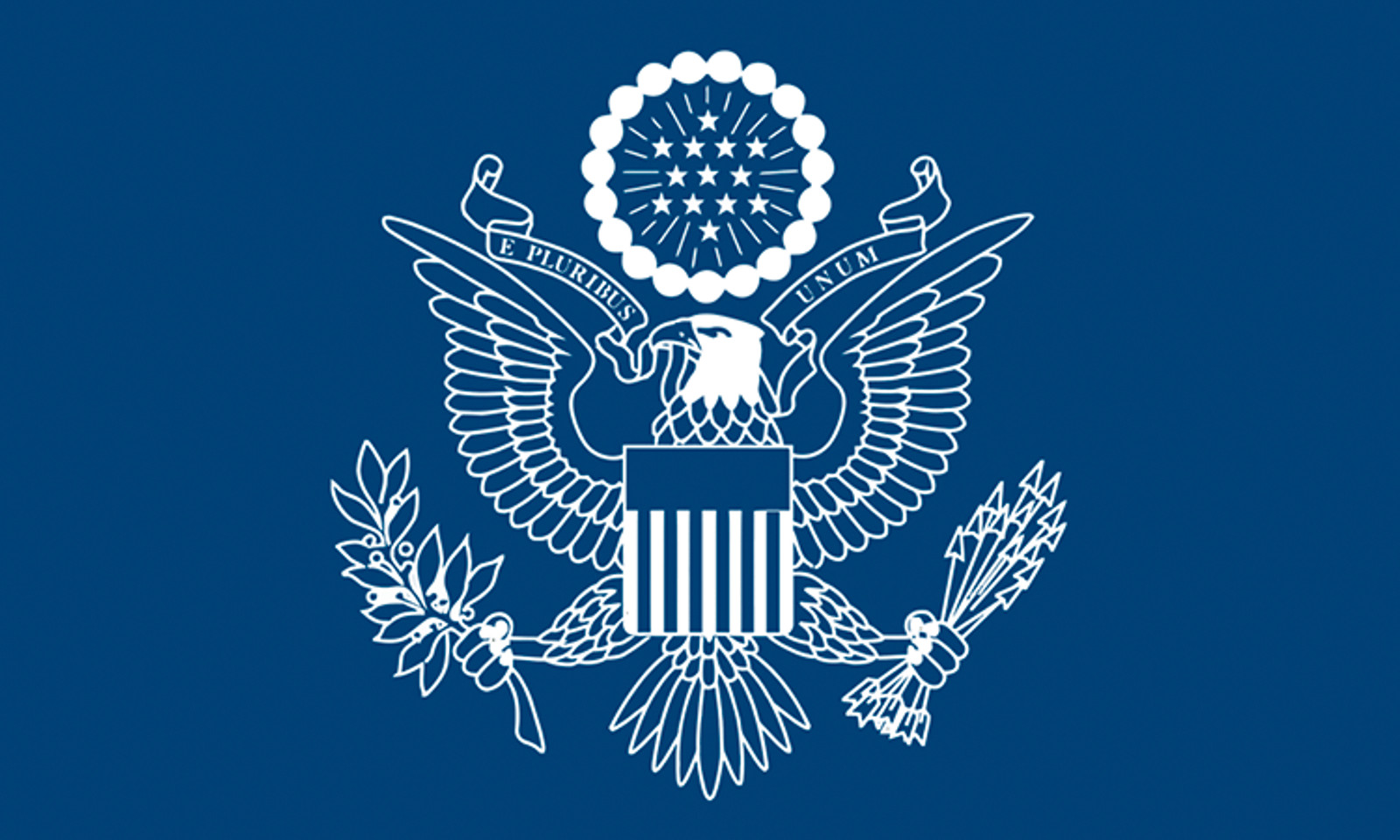The United States this week lifted a warning to its citizens to avoid all travel to Nicaragua and Guatemala, but it kept its strictest advisory for Costa Rica.
Guatemala and Nicaragua join El Salvador as countries now under a Level 3 advisory (Reconsider Travel). Costa Rica remains at a Level 4 (Do Not Travel).
“Nicaragua has resumed most transportation options (including airport operations and re-opening of borders) and business operations (including day cares and schools),” the State Department said. “Other improved conditions have been reported within Nicaragua.”
However, U.S. citizens should reconsider travel to Nicaragua due to crime and civil unrest.
“Throughout Nicaragua, armed and violent uniformed police or civilians in plain clothes acting as police (“para-police”) continue to target anyone considered to be in opposition to the rule of President Ortega,” the State Department detailed.
Similarly, U.S. citizens should reconsider travel to Guatemala due to crime.
“Violent crime, such as armed robbery and murder, is common. … Local police may lack the resources to respond effectively to serious criminal incidents,” the State Department said.
Costa Rica remains at Level 4
The State Department has not updated its travel alert for Costa Rica since August 5.
“Do not travel to Costa Rica due to COVID-19,” the State Department said.
“Travelers to Costa Rica may experience border closures, airport closures, travel prohibitions, stay at home orders, business closures, and other emergency conditions within Costa Rica due to COVID-19.”
In addition, visitors to Costa Rica should “exercise increased caution in Costa Rica due to crime,” though the State Department notes that the country “provides additional security” in tourist-heavy areas.
Prior to the coronavirus pandemic, Costa Rica had been at a Level 2 (Exercise Increased Caution) due to crime. Costa Rican authorities “categorically rejected” the drop from a Level 1, which occurred in January.
Costa Rica is welcoming U.S. tourists from 20 states, including California and Ohio as of October 1.







